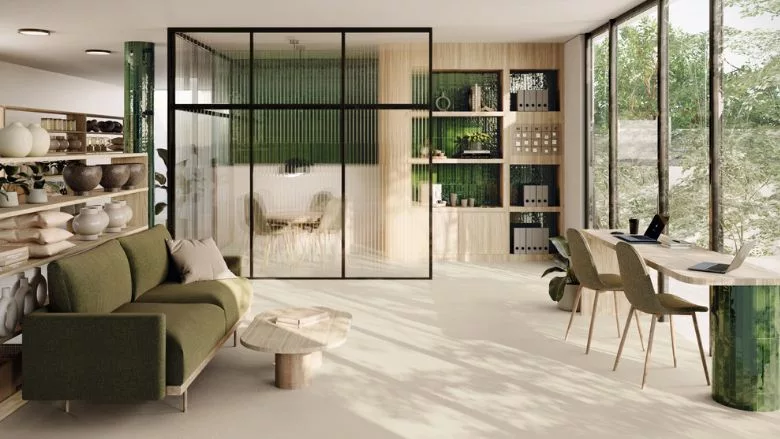Design Industry Shifts Focus to Wellbeing as Investment Grows 18.3%

Photo: APE Grupo.
A new report reveals that physical and mental well-being has emerged as the leading priority in spatial design, surpassing traditional concerns of functionality and aesthetics as the industry undergoes a fundamental transformation toward care-centered environments.
The fifth edition of "The New Habitat 26/27" study, conducted by APE Grupo in collaboration with the Futura research lab, found that over 74% of architecture and interior design professionals believe that design directly enhances people's well-being. This shift reflects a broader industry evolution where spaces are being designed as "tools for care" rather than mere aesthetic or functional considerations.
The research, based on surveys of 360 professionals across Spain and insights from 10 international experts, indicates overall design investment will grow by 18.3% over the next year, with clients willing to accept an average 24.4% budget increase for sustainable solutions.
Sector-Specific Transformations
- Residential spaces are evolving into multifunctional hubs, with 32% of professionals prioritizing inclusivity and flexibility as key design criteria. Investment in residential design is expected to rise nearly 16% as homes adapt to new living patterns, including the growing trend of solo living and "Living Apart Together" relationships.
- Hospitality design is experiencing the most dramatic growth, with investment projected to increase 21.5%. Hotels are reimagining spaces to serve increasingly diverse guests, with cultural and experiential tourism driving demand for authentic, community-focused environments over traditional comfort-only approaches.
- Office environments are becoming holistic ecosystems designed to reconnect remote workers with their teams. The report found that when employees enjoy their working environment, company engagement increases 33%, organizational culture alignment grows 30%, and productivity improves 9%. Office design investment is set to rise 16.3%.
- Retail spaces are transitioning from purely transactional zones to experiential destinations, with product display now ranking only fifth in design priorities. Investment in commercial interior design is expected to grow 20% as stores become hybrid environments focused on community building and emotional connection.
More than half (54.2%) of professionals view sustainability as a critical short-term factor, though the approach has shifted from idealistic to pragmatic, with measurable criteria now embedded as structural project components.
"The New Habitat is not just a compilation of trends; it's a practical tool for those who see design as a cultural, economic and ethical decision," said José Miguel Pellicer, CEO of APE Grupo. "Every design choice leaves a trace—and as designers, we know that trace can be superficial or profound."
Looking for a reprint of this article?
From high-res PDFs to custom plaques, order your copy today!
